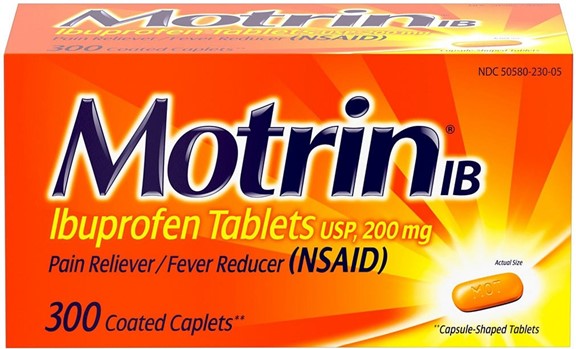Which nursing diagnosis is priority for a client who has had vomiting and diarrhea for the past three days?
Fatigue related to excessive fluid loss.
Deficient fluid volume related to dehydration.
Risk for impaired skin integrity related to irritation.
Imbalanced nutrition: less than body requirements related to vomiting.
The Correct Answer is B
This is the priority nursing diagnosis for a client who has had vomiting and diarrhea for the past three days because it poses the greatest threat to the client’s health and well-
being. Fluid loss can lead to hypovolemia, hypotension, shock, electrolyte imbalance, and renal failure.
Choice A is wrong because fatigue is a subjective symptom that may or may not be related to fluid loss.
It is not a priority over fluid volume deficit.
Choice C is wrong because impaired skin integrity is a potential problem that may occur due to irritation from vomiting and diarrhea, but it is not a priority over fluid volume deficit.
Choice D is wrong because imbalanced nutrition is a potential problem that may occur due to vomiting, but it is not a priority over fluid volume deficit.
Nursing Test Bank
Naxlex Comprehensive Predictor Exams
Related Questions
Correct Answer is A
Explanation
Two 4x4 gauze cloths saturated with purulent drainage. This statement provides the best documentation of the amount of wound drainage because it specifies the size and number of gauze cloths, the type and amount of exudate, and the presence of infection
Choice B is wrong because it does not indicate the size or number of dressings, the type or amount of exudate, or the presence of infection.
Choice C is wrong because it does not indicate the size or number of dressings, the type of exudate, or the presence of infection.
Choice D is wrong because it does not indicate the size or number of dressings, the type of exudate, or the presence of infection.
Normal ranges for wound drainage are categorized as scant, minimal, moderate, or large/copious The type of wound drainage can be described as serous, sanguineous, serosanguineous, or purulent
Correct Answer is C
Explanation

Motrin is a brand name for ibuprofen, which is a nonsteroidal anti-inflammatory drug (NSAID). NSAIDs can cause renal toxicity, especially in older adults and patients with renal disease.
Therefore, the nurse should be most concerned about this medication and its potential adverse effects on the patient’s kidney function.
Choice A is wrong because digoxin is a cardiac glycoside that is used to treat heart failure and atrial fibrillation. Digoxin has a narrow therapeutic index and can cause toxicity if the dose is too high or if the patient has hypokalemia. However, digoxin does not directly affect the kidneys and can be safely used in patients with renal disease if the dose is adjusted according to the patient’s creatinine clearance.
Choice B is wrong because levothyroxine is a synthetic thyroid hormone that is used to treat hypothyroidism. Levothyroxine does not have any major interactions with the kidneys and can be used in patients with renal disease without dose adjustment.
Choice D is wrong because Tylenol is a brand name for acetaminophen, which is an analgesic and antipyretic drug. Acetaminophen does not have any anti-inflammatory effects and does not affect the kidneys at therapeutic doses. However, acetaminophen can cause hepatotoxicity if the dose exceeds 4 g per day or if the patient has liver disease or alcohol abuse.
Whether you are a student looking to ace your exams or a practicing nurse seeking to enhance your expertise , our nursing education contents will empower you with the confidence and competence to make a difference in the lives of patients and become a respected leader in the healthcare field.
Visit Naxlex, invest in your future and unlock endless possibilities with our unparalleled nursing education contents today
Report Wrong Answer on the Current Question
Do you disagree with the answer? If yes, what is your expected answer? Explain.
Kindly be descriptive with the issue you are facing.
